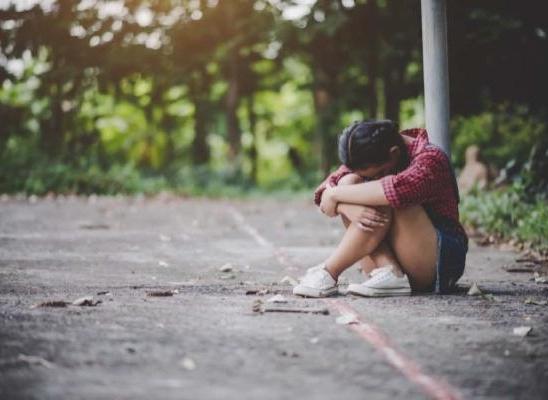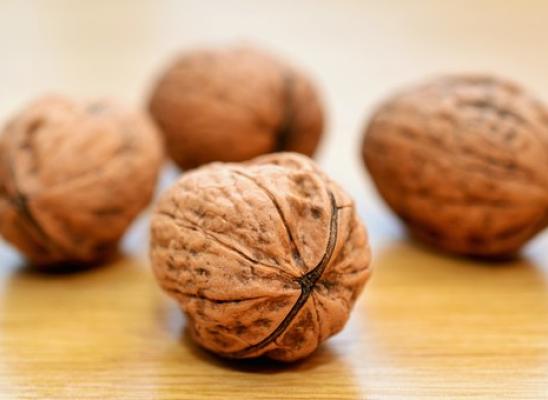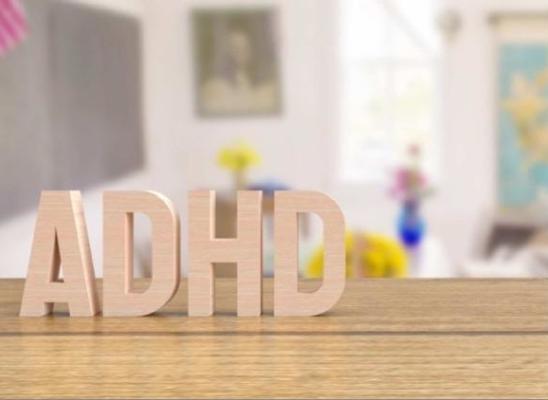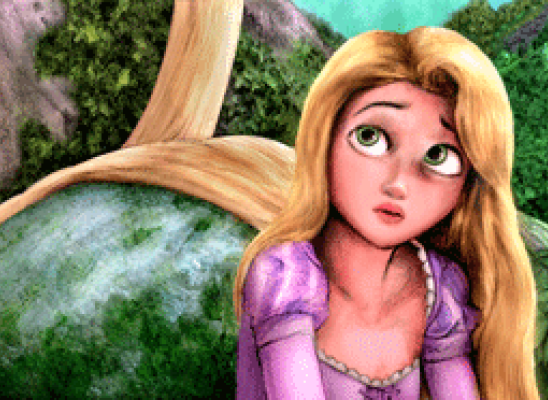Trichotillomania and Impulse Control Disorder
Online test
Find out the severity of your symptoms with this free online test
Trichotillomania or compulsive hair pulling disorder was the first of the body-focussed repetitive behaviours (BFRBs) to be recognized as a clinical condition by the American psychiatric Association(APA) in 1987, when it was included in the Diagnostic and Statistical Manual (DSM). Prior to the latest revision of the DSM, trichotillomania was classified in the DSM-IV-TR as an impulse control disorder (not elsewhere classified) along with four other impulse control disorders namely: kleptomania, pyromania, intermittent explosive disorder, and pathological gambling. However in 2013 trichotillomania was moved to be classified under obsessive compulsive related disorders in the DSM5.
What are Impulse Control Disorders?
Impulse Control Disorders, formerly classified on its own in the DSM-IV-TR is a class of mental disorders characterized by recurrent failure to resist a temptation, urge or impulse that may be harmful to oneself or others. The DSM-5 published in 2013 changed this classification by including Impulse-Control Disorders Not Elsewhere Classified in a new chapter on Disruptive, Impulse-Control and Conduct Disorders, covering disorders characterized by problems in emotional and behavioral self-control. Impulsivity is described as consisting of five stages namely: an impulse, growing tension, pleasure on acting, relief from the urge and finally guilt (which may or may not arise). Many hair pullers can relate to this increasing sense of tension experienced before hair pulling or when attempting to resist the urge to pull, and many also report to experience pleasure or relief when pulling hair, followed by guilt and shame. However not all trichotillomania patients experience hair pulling impulsively. There are variations in the way hair pulling urges are experienced, with many patients describing the urge to pull as more similar to obsessive compulsive behaviour than impulse control difficulties, in that the hair pulling urges are in response to anxiety or stress, is driven, and repetitive in nature.
If not Impulse Control Disorder, then what?
In 2010 a review published in the Depression and Anxiety Journal discussed the possibilities for classification of trichotillomania, skin picking disorder, and stereotypic movement disorder. The authors concluded from the review that trichotillomania as well as skin picking disorder be classified under a separate category of Body-Focused Repetitive Behaviours (BFRBs). While trichotillomania is currently classified in the DSM-5 under Obsessive Compulsive and Related Disorders, it is widely accepted in the trich community that hair pulling, skin picking and other ritualistic body-on-body compulsive behaviours are BFRBs and are referred to as such.
Online test
Find out the severity of your symptoms with this free online test
Start your journey with TrichStop
Take control of your life and find freedom from hair pulling through professional therapy and evidence-based behavioral techniques.
Start Now



